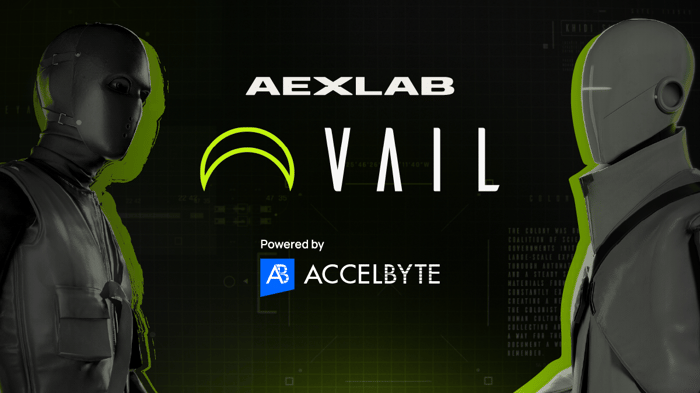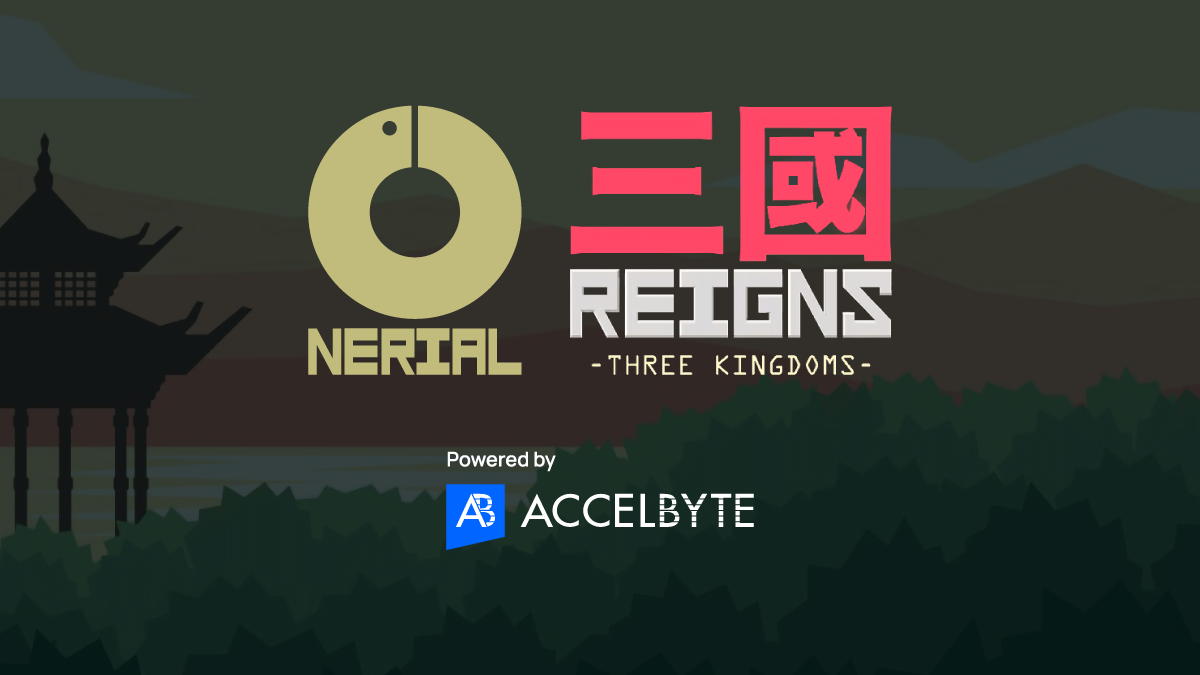Getting Started
Introduction to AccelByte Gaming Services (AGS)

Backend Services
Skip boring dev work with plug-and-play systems for 80% of your game’s backend

Backend Customization
Build 20% of the backend that makes your game unique without managing it

Server Orchestration
Automate spinning up and scaling servers globally for smooth, low-latency sessions

Build Distribution
Deliver builds faster to testers worldwide so you can ship multiple times a day

Crash Reporting
Catch and fix bugs before players see with real-time crash data and full context

Tools & Utilities
Monitor gameplay, test your setup, and tweak your game without juggling external tools
Introduction to AccelByte Gaming Services (AGS)
Learn to use AGS with our demo game "Byte Wars"
Connect and get support with other members of the AccelByte Community
Submit and review tickets while directly connecting with AccelByte
Join our Discord for support, insights, and networking!

For indie and AA studios, infrastructure costs can quickly spiral out of control, especially when building ambitious multiplayer experiences like competitive PvP shooters or arena-based games.
AEXLAB, team behind the fast-paced VR shooter VAIL VR, ran into that exact problem. But instead of sacrificing performance or scale, AEXLAB partnered with AccelByte and made two smart infrastructure moves that cut their server costs by 45.98% !

And this is how they pulled it off
The Challenge
Launching a competitive multiplayer game in VR comes with high expectations and even higher backend demands. VAIL VR needed low-latency, reliable dedicated servers to keep matches smooth and responsive, especially as the player base grew.
At first, AEXLAB leaned fully on cloud-based virtual machines (VMs) to host their dedicated servers. This offered flexibility and quick deployment, which made it the go-to choice for their early infrastructure. But cloud VMs come with a premium per-core cost, and with every new server spun up, AEXLAB’s monthly bills climbed higher. What started as a convenient approach was becoming a long-term financial strain.
They needed a solution that supports VAIL VR’s fast-paced gameplay without burning through the budget.
The Solution
To get their server costs under control, AEXLAB partnered with AccelByte to analyze their infrastructure at a deeper level, looking at everything from traffic patterns to server performance metrics. That’s when two clear opportunities emerged.
Shift Predictable Load to Bare Metal
The first breakthrough came from identifying their “base load”: a consistent, predictable level of traffic VAIL VR handled every day.
AEXLAB’s 30-day traffic pattern. The area in the red rectangle is what we refer to as “base load.”
Think of it like swapping out a daily U ber ride for your own car. Bare metal requires a bit more planning upfront, but it’s significantly more cost-effective for stable, recurring workloads. This change gave AEXLAB a cost-efficient foundation for their infra while keeping cloud VMs in play to handle unexpected spikes and peak concurrency.
Optimize for Higher DS Density
Next, AEXLAB focused on maximizing the value of each cloud instance by making their dedicated servers leaner and more efficient.

This increase in "DS density" meant fewer VMs were needed to support the same number of matches, directly reducing the total compute footprint and cutting costs even further. It’s a reminder that infra optimization isn’t just about where you host, it’s also about how efficiently you run what you host.
Results

Players continued to enjoy smooth, low-latency multiplayer matches, while the backend infrastructure quietly ran more efficiently behind the scenes.
Key Takeaways for Game Studios
If you're building a multiplayer game and looking to scale without draining your budget, AccelByte Multiplayer Servers can help you get there with built-in observability, flexible deployment options, and the freedom to bring your own backend or plug into ours.
Start for free and see how efficient your multiplayer infrastructure can be



Reach out to the AccelByte team to learn more.